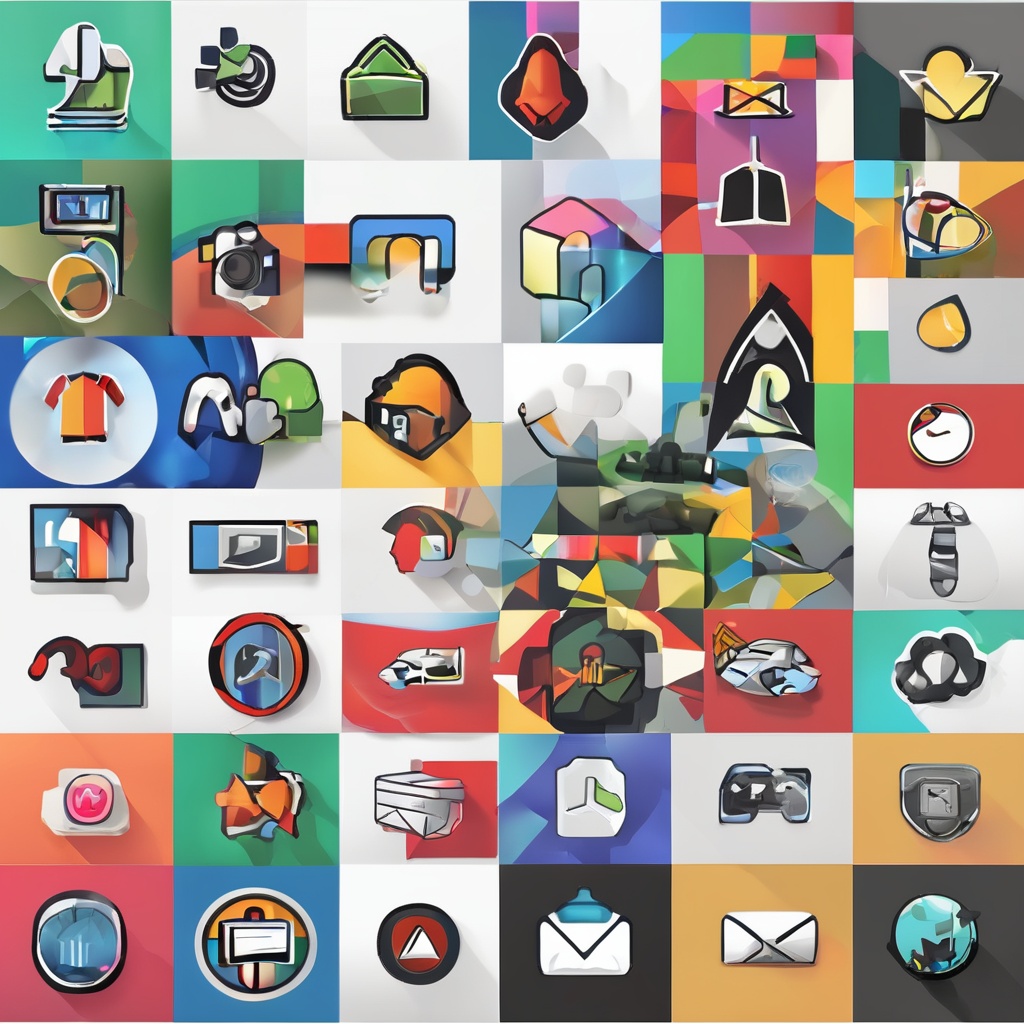Kawaii style transforms playful innocence into a vibrant cultural expression. Rooted in 1970s Japan, it blends pastel colors, adorable characters, and sweet motifs into fashion, art, and lifestyle. Discover how this unique mix of cuteness and creativity invites you to personalize your world with charming treasures that celebrate joy and individuality.
Understanding Kawaii Style and Its Cultural Significance
Kawaii culture, rooted in Japan, emphasizes cuteness, innocence, and charm. Its origins trace back to early linguistic shifts from words like “kawayushi,” which once had negative connotations, to the positive “kawaii” meaning adorably charming. During the 1970s, kawaii gained momentum through Sanrio characters, such as Hello Kitty, and stationery trends among teenage girls, reflecting a shift toward a more feminine, playful aesthetic.
Have you seen this : Elevate Your Street Style: The Ultimate Guide to Infusing UK Fashion Trends with High-End Chic
Visual features include pastel colors, rounded shapes, and large eyes—elements inspired by media, manga, and merchandise. These characteristics symbolize childlike innocence, a core value of the culture. The influence extends beyond fashion into areas like food presentation, with sweets and bento boxes paralleling kawaii’s visual language.
Enchanted Peach exemplifies this aesthetic through its adorable plushies and clothing, blending the whimsical and playful nature of kawaii with contemporary trends. To delve deeper into the cultural significance, you can view more details on this page: click here.
In the same genre : Unleash Your Bold Style: Craft a Stunning UK-Inspired Fashion Statement with Accessories
Visual and Aesthetic Elements of Kawaii Culture
Characteristics of Kawaii Characters and Art
The kawaii aesthetic centers on playful character design, prioritizing soft and fluffy textures in fashion and art alike. Typical kawaii mascots display large heads, big sparkling eyes, and minimal facial details, forming a childlike, expressive appearance. Rounded shapes and simplified lines are essential for easy kawaii illustrations, contributing to a joyful and playful aesthetic. Well-known characters—including Hello Kitty and Rilakkuma—feature these hallmarks, enhanced by pastel color palettes like pinks, baby blues, and gentle yellows. Subtle sparkles and natural motifs, such as stars and rainbows, reinforce the style’s distinctive charm and connection to innocent, optimistic storytelling.
Fashion, Accessories, and Merchandise
Kawaii fashion draws influence from Japanese street fashion style and brands, mixing Lolita, Fairy Kei, and Decora. Pastel and neon mix fashion stands out, paired with layered, youthful and fun clothing details. Popular kawaii brands like Sanrio make cartoon-inspired outfit ideas feasible through cute and quirky stationery items, plushies, and soft pastel hair dye trends—crafted to create a cohesive and colorful pattern trend. Accessories include whimsical hair accessories, cute backpack and bag styles, and handpicked jewelry with soft and gentle fabric choice. Each piece reinforces an embrace of joyful expression through fashion.
Kawaii in Food and Decor
Adorable food presentation is vital in kawaii-inspired room decor, with sweets such as macarons and themed bento boxes arranged as visual motifs. Nature-inspired pastel-themed home accessories—clouds, cherry blossoms, butterflies—appear in plushie decor, pastel kitchenware, and vibrant room additions. These character-driven, colorful and cute backpack designs or pastel room makeover tips create a seamless blend between imaginative character worlds and daily life, making the kawaii aesthetic accessible and uplifting.
Global Influence and Commercial Impact of Kawaii Culture
Kawaii in Music, Media, and Digital Art
Kawaii culture’s worldwide reach is amplified through music, media, and digital design. Genres like Kawaii Future Bass and Kawaii Metal have reshaped global music scenes with their playful character design and joyful and playful aesthetic. Anime shows, such as “K-On!” and “Love Live!”, capture audiences with pastel color palettes and simple kawaii character symbolism, deeply influencing Japanese pop culture influence abroad. Social media—Instagram, TikTok, and Pinterest—propel kawaii-inspired digital art, DIY kawaii accessory crafts, and visually striking content trends that integrate adorable pastel clothing and playful and youthful art styles. These platforms keep the kawaii culture worldwide influence dynamic, cultivating continual global enthusiasm.
Commercial Success and Cultural Outreach
Kawaii’s industry power is remarkable. Brands harness the popularity of cute character merchandise, cute Japanese fashion trends, and soft and fluffy textures in fashion. International brands like Sanrio drive the market for adorable food presentation, animal-themed apparel, and cute plush toy collection ideas, shaping everyday lifestyles. Stores, both physical and online, highlight products such as kawaii-inspired room decor, cute and comfy loungewear, and pastel-themed home accessories, supporting kawaii lifestyle influences outside Japan. This vast commercial network enhances cultural significance of cuteness and invites playful, youthful expressions into global routines.
Criticisms and Cultural Significance
Despite its cheerful surface, kawaii faces critiques. Observers debate the influence of kawaii art and Japanese street fashion style on gender stereotypes and societal roles, particularly in childlike fashion elements. Scholars explore whether the playful and youthful art styles reinforce restrictive beauty standards. Simultaneously, kawaii’s cross-cultural embrace—through cute stationery designs, cute and quirky stationery items, and kawaii-themed social media trends—signals soft power, diplomacy, and individualism. The cultural significance of cuteness is both an expression of innocence and charm and a point of ongoing social dialogue.
The Fundamentals of Kawaii Style: Fashion, Aesthetics, and Culture
Kawaii style combines playful character design, pastel color palettes, and cute Japanese fashion trends to create a joyful and youthful visual impact. Precision: Kawaii style is defined by elements such as adorable pastel clothing, soft and fluffy textures in fashion, and distinctive whimsical hair accessories. Recall: These components are found in core kawaii expressions, from cartoon-inspired outfit ideas to colorful kawaii makeup looks, forming a cohesive aesthetic.
The origins of kawaii culture began in Japan, evolving from notions of childlike innocence and charm to a celebrated global trend. Over time, it has heavily influenced Harajuku fashion, Japanese street fashion style, and the worldwide adoption of colorful and bright outfit ideas. Motifs like animal-themed apparel and signature cute accessories further enhance the appeal.
Kawaii style embraces the visual appeal of the chibi style, making use of soft pastel hair dye trends, pastel-themed hairstyles, and easy kawaii illustrations. Stylized facial expressions in kawaii art and a focus on the expression of innocence and charm are central to kawaii character personality traits—bringing playful and youthful art styles vividly to life.
Embracing kawaii means integrating cultural significance of cuteness into daily fashion, accessory choices, and even home decor, encouraging everyone to enjoy a joyful and playful aesthetic.











